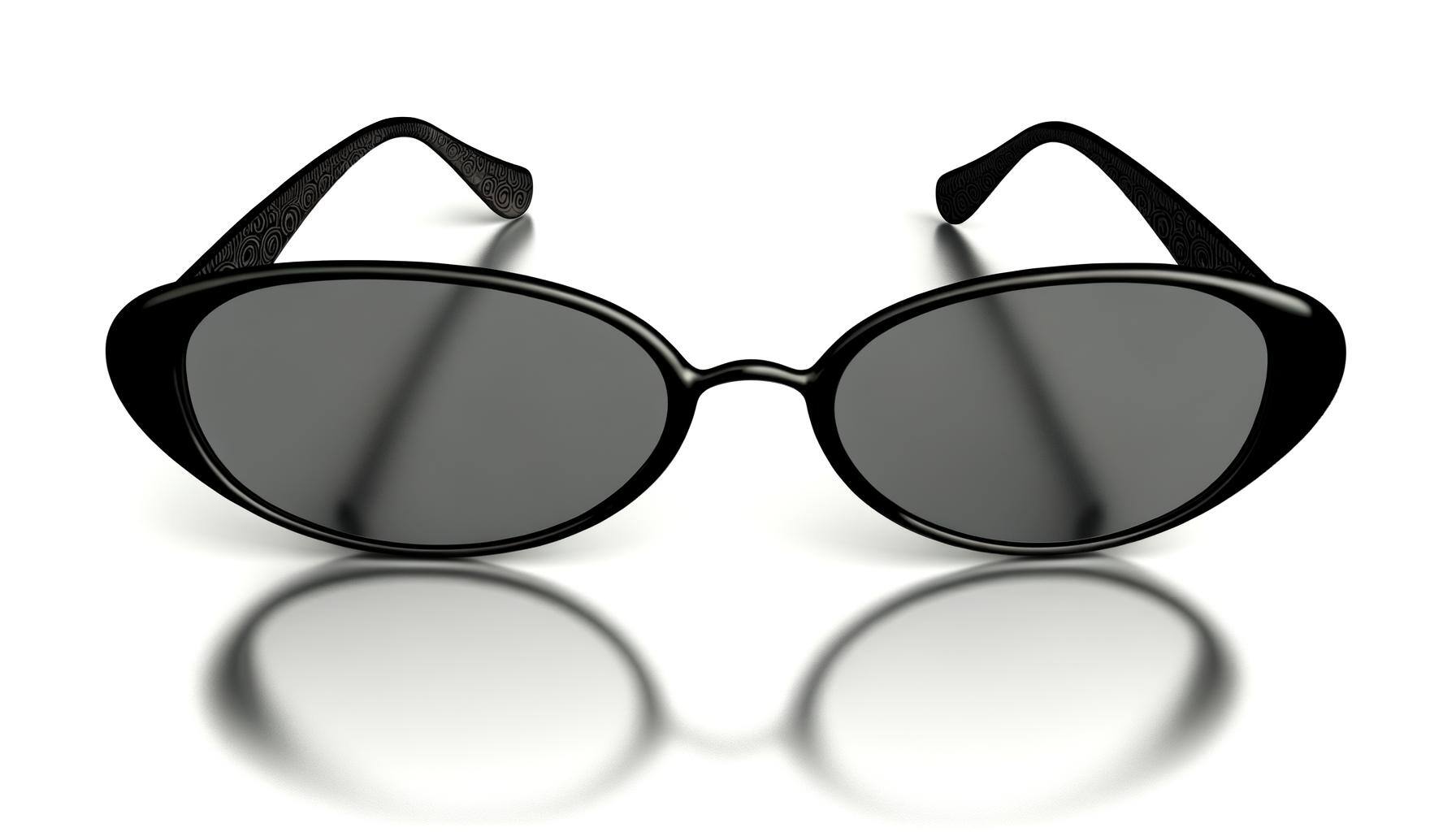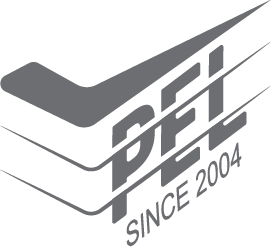Making products for children isn’t easy in any industry. There are many things to consider, and safety is at the top of the priority list. The same can be said for kids eyewear. While many companies look at the design, safety is the predominant aspect that consumers (parents) consider before purchasing for their kids — so making safe eyewear for kids is a crucial factor to succeed in the market.
Whether you are starting a new children's eyewear line or looking into improving your current supply, let's take a more detailed look at why you need to create safe children's eyewear and what you should consider.
Why Manufacturing Safe Children's Eyewear is Essential
The main concern with kids' glasses is that they closely fit and protect one of the body's most exposed organs—the eyes. Eyeglass lenses block out UV and reduce UV effects on the eyes, as too much exposure can lead to vision damage, cataracts, and cancer.
This protection is critical in children's eyewear as their eyes are more susceptible to UV-related harm due to their larger pupils and more transparent lenses. As manufacturers and suppliers, you are responsible for creating safe eyewear products that meet regulatory standards and consumer expectations.
What Happens When Your Children’s Eyewear Is Not Safe?
In 2018, G&G Factory Outlet recalled their kids' sunglasses in Australia due to unsafe lens misinformation. The product did not have the correct labelling to identify the lens category, which indicates the amount of UV radiation protection provided by the glasses.
FGX International also had to recall over 200,000 children's glasses due to excessive lead in the paint. This poses a higher risk for younger children, who absorb lead more easily.
Recalls of products can damage your brand and company reputation, especially since parents are now more informed and protective of their children. Parents may be reluctant to purchase eyewear from your company or brand when your eyeglasses products are recalled. Testing and inspection are the best way to ensure your glasses are safe. You need to monitor and test the quality, production, and materials used in manufacturing to ensure they are secure.
Manufacturing Children’s Eyewear: 6 Things to Consider
You must consider six stand-out safety concerns when manufacturing to ensure your children’s eyewear succeeds.
-
Frame Material
What your frames are made of is crucial when creating safe eyewear. Most kid's eyewear is made from plastics, like acetate, as it’s more durable, less expensive and more flexible in colour choices. Some manufacturers have also started making eco-friendly frames for children.
If your frames are plastic, you’ll want to find a material free from BPA (Bisphenol-A), an industrial chemical used to make certain plastics. BPA has been linked to adverse health effects, such as obesity, and pushing most parents to shop BPA-free. Regulation around BPA is quite loose in the United States, with the FDA only limiting its use in certain products. Internationally, most countries follow similar regulations by limiting BPA products for food containers and selected children's products (we’ll discuss other rules later in this blog).
Besides BPA-free materials, your frames should also be free from other poisonous substances (i.e. lead) that can harm children. You must consider different metal compositions and their subsequent reactions to manufacture metal eye frames for kids. For example, some children are sensitive to certain substances, such as nickel.
Also, all frame materials should be safe to chew on, as most kids will put objects in their mouths during development. -
Lens Material
The most important material to consider is the material used for manufacturing lenses for children's eyewear. The lens acts as the first line of defence between the eyes and the sun's UV rays, which is especially important for kids as they are more susceptible to UV harm. Children’s ocular lenses cannot filter UV light and prevent it from reaching their retinas as effectively as adult lenses. When considering lens safety, you should consider materials that filter out UVA and UVB light.
Parents are also increasingly concerned about the effects of blue light from electronic screens on their kids' eyes, citing dangers such as retinal stress due to overexposure. To ensure that their eyes are protected, consider having blue light-blocking lenses. Companies like Peepers have already implemented these lenses to match the demand for blue light-blocking eyewear.
Polycarbonate lenses are the most popular choice in children's eyewear as the material is thinner and lighter than plastic. The lenses are impact-resistant, shatterproof (ensuring no pieces will end up in kids' eyes if they break or crack), and provide 100% UV protection. -
Prescription
Not only should your lens material be safe, but you must also ensure the correct prescription is used for the lenses (if they have any). Having the wrong prescription can be damaging and irritating for the eyes, especially for children. It could rapidly increase the rate of eye deterioration. Having a lens that minimises distortion will help with this.
Testing prescriptions ultimately lies with the optometrist (in most cases), but manufacturing eyeglass prescriptions accurately is crucial to improving product quality. By using precision manufacturing, you can reach tighter tolerances at a higher level of process control, meaning your glasses prescriptions can be extremely accurate, and you can ensure you’re delivering the best quality to your suppliers.
-
Durability
The durability of children’s eyewear is critical not just for product longevity but for safety. Using lightweight or bendable materials, such as metal or moulded nylon, enhances the eyewear's ability to withstand daily use without breaking. This not only ensures the glasses last longer but also that they remain safe throughout their usage. -
Components and Constructions
Small pieces such as hinges, screws, and decorative add-ons can be a considerable safety hazard in kids eyewear. Most kid's eyewear has rubber ends and a plastic band so eyeglasses can fit securely onto the head. Suppose you opt for a design with hinges and minor components. In that case, you need to ensure that the construction of the eyeglasses is carefully considered so the components don’t present any danger to the wearer. Any tiny bits used in eyewear must be securely fastened and shouldn’t pose a swallow hazard. -
Laws and Regulation
There are few specific safety laws for creating children's eyewear that don't fall under the requirement of creating regular eyewear. However, there are different laws for different countries you need to consider; here are some examples:
- Consumer Product Safety Commission (CPSC): In the USA, the CPSC states that sunglasses and reading glasses should be made of materials that are not flammable, non-toxic, and do not produce allergic reactions under normal circumstances. The ANSI Z80.3-2010 standard measures the flammability of materials in sunglasses, while the biocompatibility of materials can be found in the International Organization for Standardization's ISO 10993.
- The U.S. The Food and Drug Administration (FDA): The USA FDA also clarifies that sunglasses should be fitted with impact-resistant lenses and comply with the FDA requirements in 21 CFR 801.410.
- Australian Competition & Consumer Commission (ACCC): For Australia, there is a mandatory standard for children's sunglasses from the AS/NZS 1067.1:2016 Eye and face protection for sunglasses and fashion spectacles. The mandatory standard requires that eyeglasses protect users from UV radiation within a specific range.
Why Should You Sell Kids Eyewear?
With so many concerns and costs associated with ensuring safety, it’s easy to get overwhelmed. But is it even worth producing children's eyewear? In short, yes.
The children's eyewear market is trending and is on an upward path. Globally, the general eyewear market is rapidly growing and is forecasted to reach USD 285.2.2 billion by 2032. The children’s eyewear market is projected to reach US$ 37.7 billion by 2024 and US$ 77.0 billion by 2034. This is because more and more kids and teens are becoming dependent on electronic devices (like computers, television, and mobile phones), which leads to prolonged strain on the eyes. As sad as it is, this produces more eyewear products for the younger generation.
Ensuring Children’s Eyewear Safety
Again, the best way to ensure your children's eyewear is safe is to continually test, audit, and examine your products, supply chains, and manufacturing. Inspection of every process will give you peace of mind and confirmation that your products meet quality standards, allowing your business to be competitive in the market.
At PEL, we offer testing and auditing services to help you ensure that your child's eyewear is safe. Our high-end facilities are tailored to meet all eyewear regulations and requirements for all regions worldwide.
Our services don't only extend to children's eyewear; we provide testing and auditing for all types of eyewear.
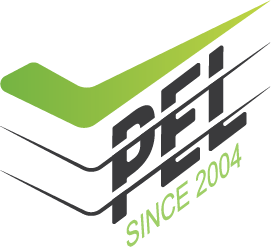

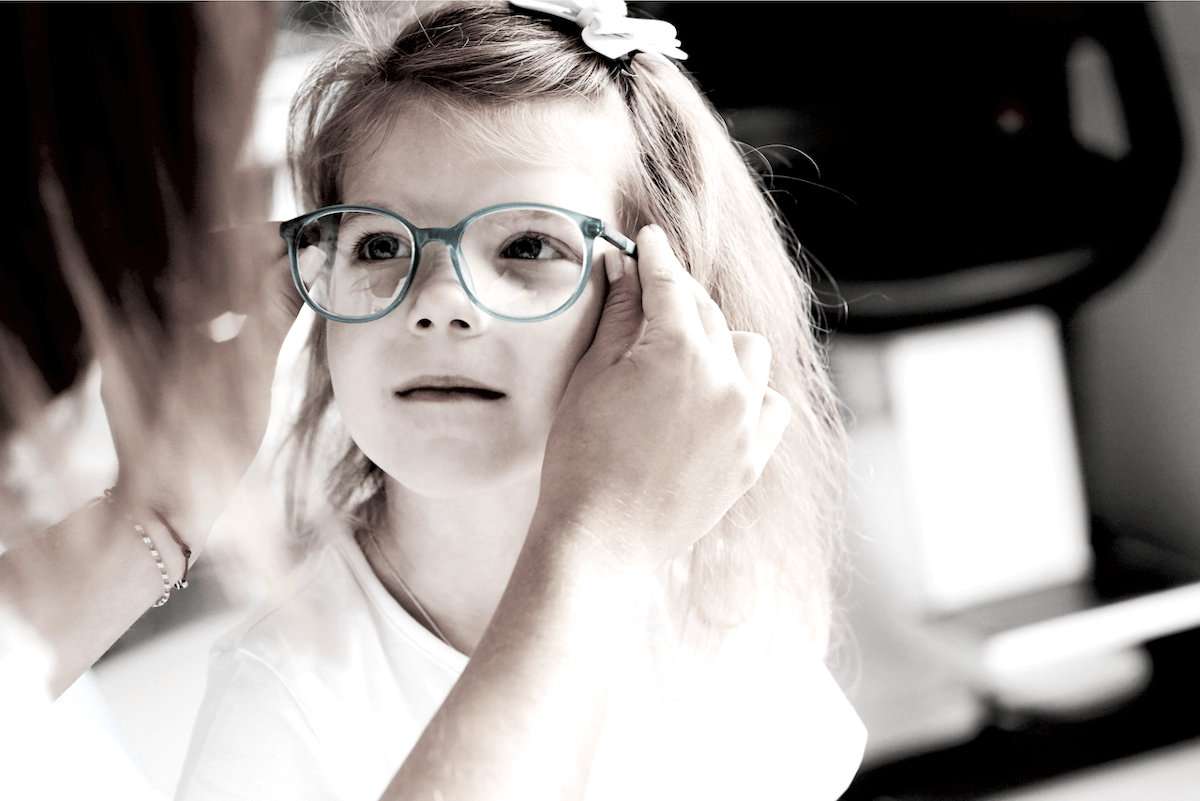

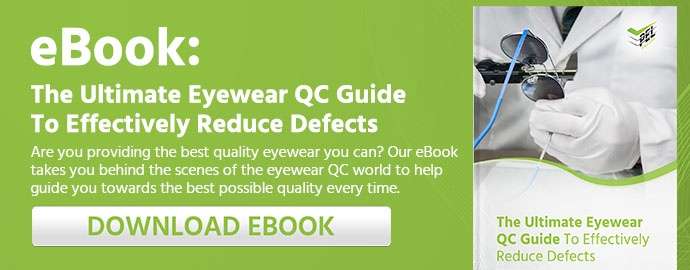

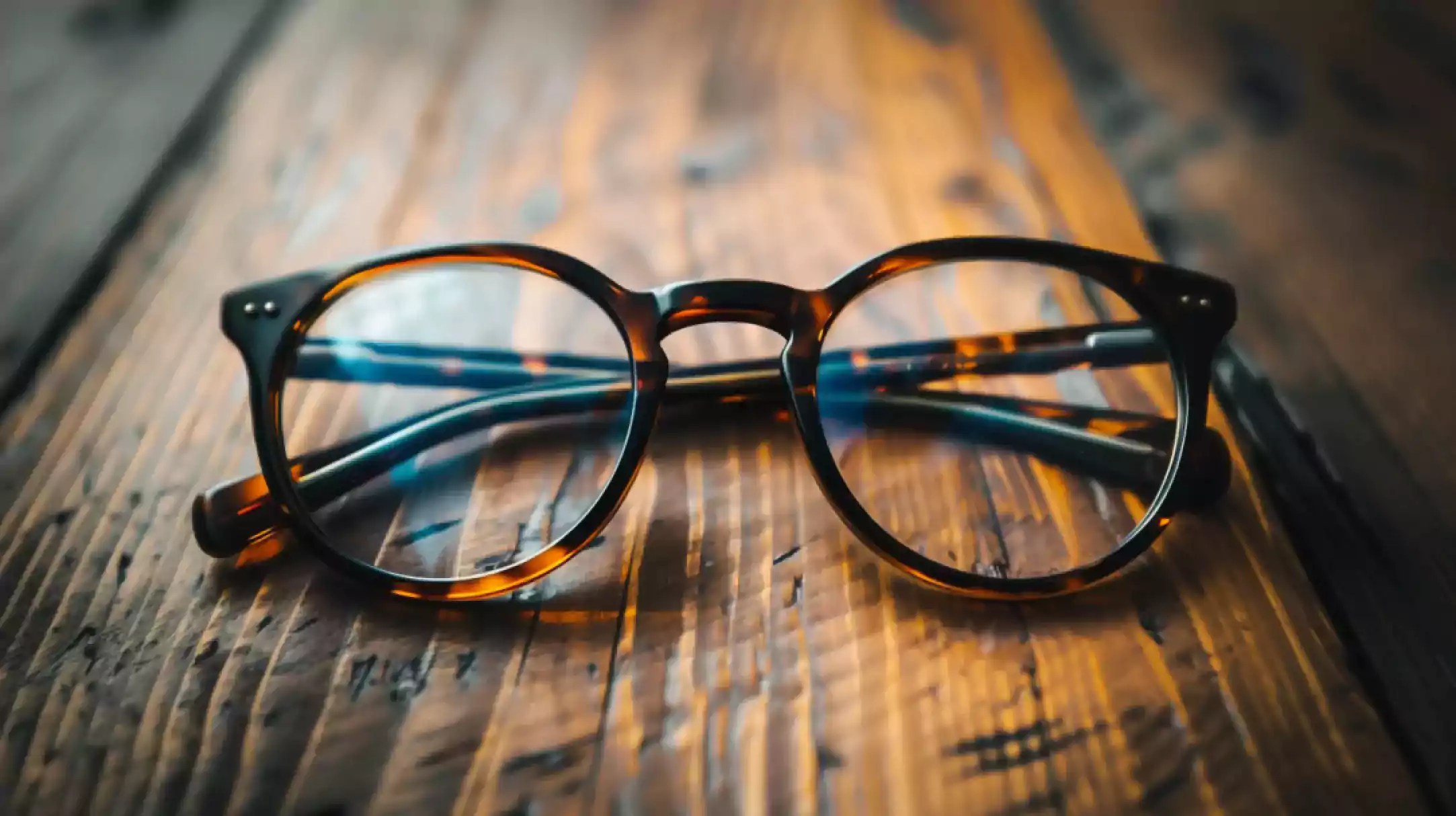
.jpg)
